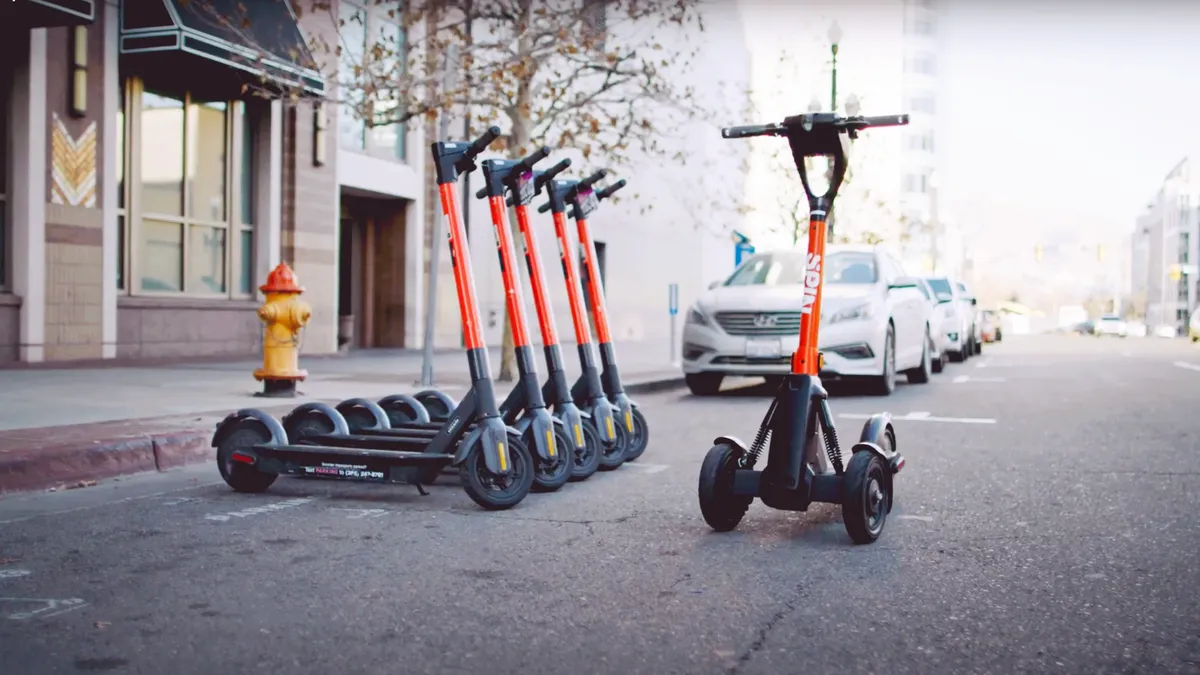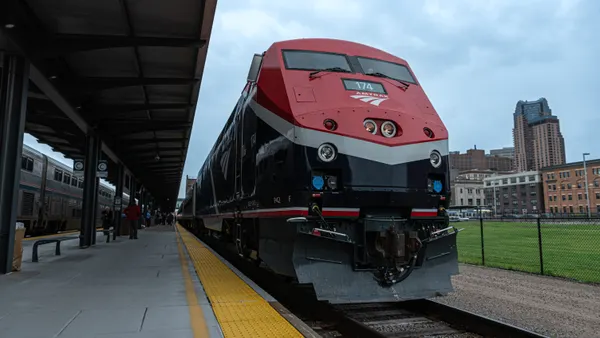Recent federal legislation allows cities opportunities to promote micromobility like never before, industry speakers said during a recent virtual briefing. They also detailed policy concerns communities must address to improve and expand shared bike and scooter options.
“In all my years working in transportation, there has never been as big an opportunity as right now to really reimagine our infrastructure, said Harriet Tregoning, director of the New Urban Mobility alliance, which sponsored a Sept. 30 briefing on micromobility policy, along with PeopleForBikes and the North American Bikeshare & Scootershare Association. The groups helped form a coalition pushing to support electric transportation.
Legislation such as the Inflation Reduction Act and the Infrastructure Investment and Jobs Act provides unprecedented chances for cities to expand transportation systems for all residents, Tregoning said. “Car ownership is expensive and unaffordable [for some], and some don’t have the ability or desire to drive,” she said. Most trips last less than three miles “and don’t need to be taken by automobile.” The right policies can replace many car trips with walking, biking and scooter riding, she said.
Just adding bus and rail stops won’t solve the whole problem, Tregoning said. Many employers provide incentives for parking, and governments should prod employers to provide incentives to bike to work, she said.
Caroline Samponaro, head of micromobility and transit public policy at Lyft, said that e-bikes have “invited many new people to try bikeshare.” Lyft hosted 13.6 million trips covering 28 million miles on e-bikes last year, she said.
A major challenge for e-bikes is keeping batteries charged, she said. Lyft employees currently travel through cities to keep batteries loaded, she said. She suggested adapting automobile charging stations to accommodate e-bikes, which she said could be done “for pennies on the dollar.” Lyft also partners with city agencies; in Chicago, it’s working with the Department of Transportation to charge Lyft-supported e-bikes.
Tregoning cited another challenge with charging: many cities don’t know where their electric capacity lies as transportation officials rarely deal with utilities.
Lyft’s research showed that the main reason people like e-bikes is to climb hills or travel long distances — though they also help people who are older or those with physical limitations. Scooter renters are more likely to want to zip to and from transit, Samponaro said. Lyft also found a gender gap with both types of vehicles, as most riders are men. Scooter riders will use bike lanes instead of sidewalks when available, she said.
Another major challenge is improving infrastructure broadly, “not just a striped five-foot bike lane” for e-bikes, Samponaro said. Cities need to improve lane designs for EVs and parking for bikes and scooters, she added.
The greatest barrier in underserved areas relates to traffic safety, Samponaro said. But discounts, free transfers to and from public transit, and short-term memberships are incentives that can help people with low incomes depend on micromobility for transit. Another barrier consists of local codes barring minors from renting, she said.
Correction: We have updated this story to provide the correct author byline.












